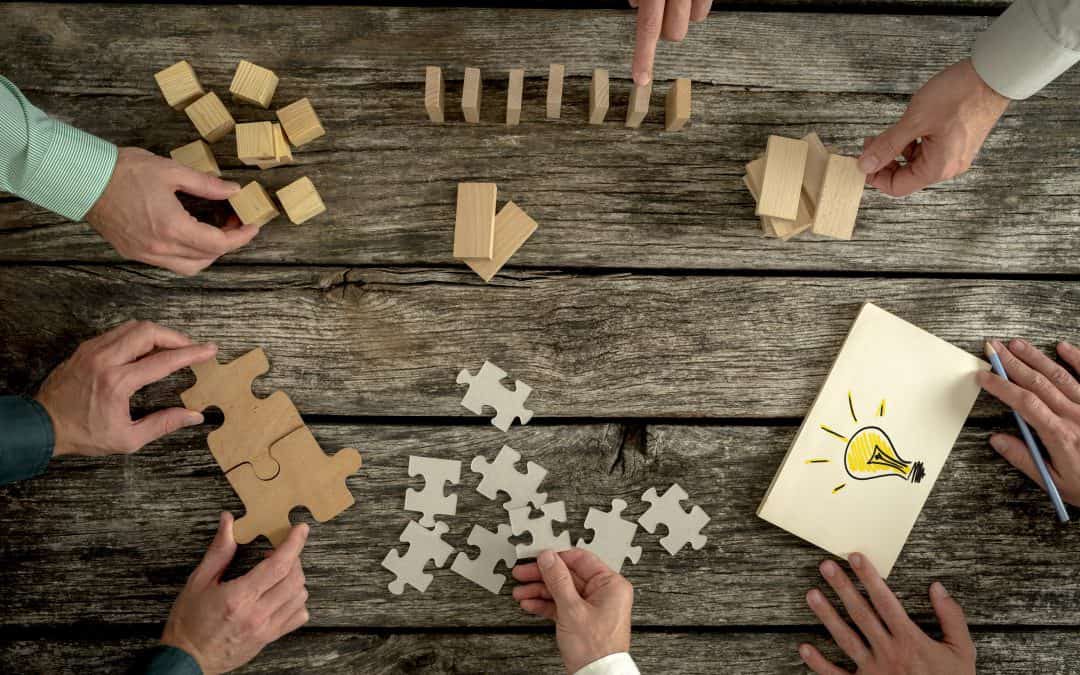In a world of collapsing boundaries, transforming social and industrial scenarios, contemporary education is changing too. Thinking beyond the walls, problem-solving with empathy, risk taking, self -discovery and multi-disciplinary approach are manifesting in curriculums and workspaces. In this backdrop, what is an ideal environment for nurturing future leaders and design professionals? Is a learning mind more important than a learner? Should educators unlearn some teaching practices, draw from external & internal changes and impart knowledge differently?
These questions were explored in ‘Deep Diving into Foundation’– a workshop featuring Creative Education Expert, KB Jinan who spoke on educational practices and learning and exploring education from a child’s perspective. Jinan advocated unstructured learning, cognition process and playfulness as education tools, instead of existing conventional learning methods. The symposium between Jinan and Pearl Academy’s faculty was a part of What’s Next series, a platform that explores the future of education & beyond.
It works on the concept of ‘learning through playfulness.’ “Exploration through self, peer learning, honing problem-solving skills in a collaborative environment are the core components of the course. We don’t rely on conventional ‘text-book learning’ approach. Instead, the faculty encourages to learn from their tangible and intangible elements and their natural, built environment. History and culture are also an integral part of this learning,” said Course Leader Mohd. Aamir Nayyar, Course Leader, Associate Professor School of Foundation, Pearl Academy. “Our teaching methodology is crafted to create future leaders of tomorrow with creative confidence.”
Highlighting that ‘playfulness’ is significant, Jinan explained how teaching, learning and unlearning educational practices have the potential to unlock great potential and talent. He spoke about the difference in unstructured and structured learning. For instance, when left alone, a child learns about the world, the way the world is. “This means children are learning the way the world looks, the quality or the property of its materiality and the functions, processes and the various phenomenon that happens around them. Knowing and being can be understood only by revisiting some of the fundamental aspects of life- why, what and how children learn. The holistic nature of the world awakens the holistic nature in the child,” said Jinan.
Similarly, Pearl Academy emphasizes on ‘unstructured’ learning where teachers encourage students to come up with ideas, look for solutions and discover the nuts and bolts of implementing them.
Immersive and experiential learning, innovation, channelling innovation, imagination and creativity are integral to Pearl’s Foundation Course. “We have flipped the classroom learning concept. Instead of lecturing or providing information directly, teachers play the role of a ‘guide’ who encourage curiosity, self-learning and nurture the creative spark, within. They create an environment that is open to multiple perspectives & higher learning,” added Aamir.
Referring to Jinan’s philosophy, which also sheds light on collaboration, Aamir said, “Creative professionals work within a dynamic contemporary society, that is made through an interplay between categories such as natural and man-made, self and the other, past and the future etc. These categories constantly morph and transform, giving rise to newer cultural forms and identities.”
In a scenario of an unpredictable environment, identifying the knowledge, skills and attitudes a learner might need to function as professional in the future is a challenging task. “Our Foundation Course focuses on transferable skills and learnability along with a focus on skills and knowledge of specific professional domains—we teach without teaching. We inculcate attitudes and values enabling the learner to develop a holistic social view.”
What’s Next is encouraging learning and teaching methodologies that foster intuitive and creative learning in a dynamic and fast-changing contemporary world.
REFERENCES:
https://www.jinankb.in/
http://www.designingforchildren.net/2010/papers/jinan-kb-designingforchildren.pdf












